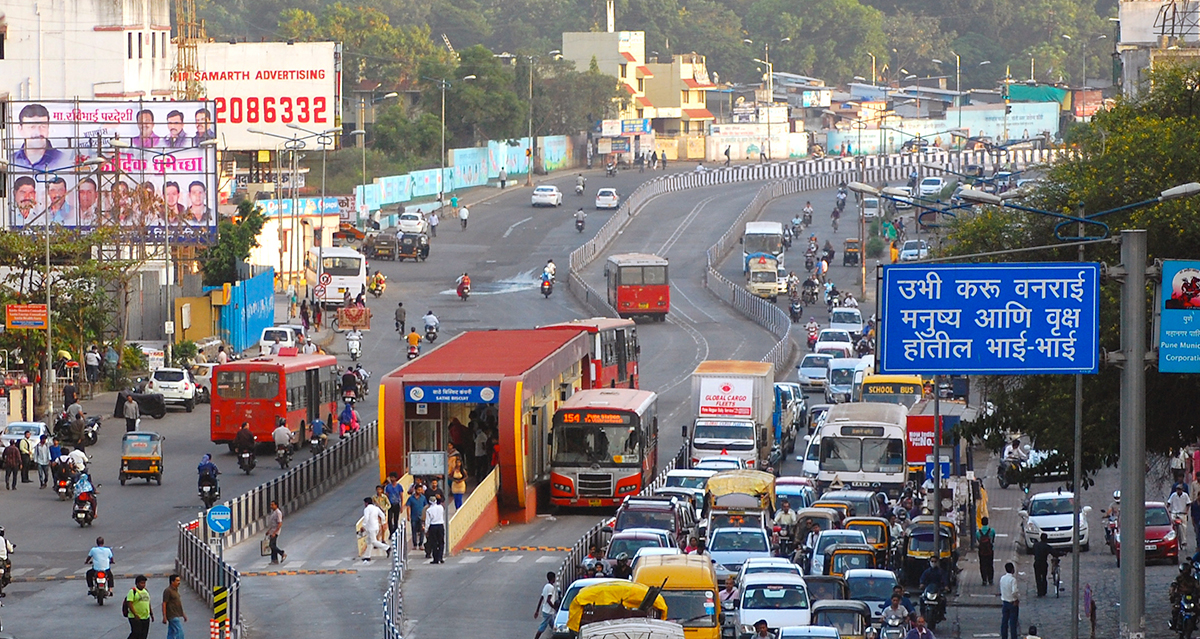Transport is the fastest-growing source of carbon emissions in India, responsible for almost 15% of the country’s CO2 emissions, over 90% of which comes from road transport. The rapidly increasing number of personal motor vehicles also contributes to congestion that choke our streets. Addressing congestion and pollution in our cities is an urgent need.
High-quality public transport systems can provide a fast, comfortable, affordable, and accessible mode of transport that can serve a large number of people and provide an alternative to personal motor vehicles. Shifting from single-occupancy private cars to high-capacity public transport would drastically cut emissions, eliminate traffic congestion, and better connect low-income communities to the opportunities and resources they need.
What We Do
Over the last two decades, ITDP India has worked with several cities across India with a focus on improving bus-based public transport and informal public transport systems.
Our journey working to improve public transportation systems in the country began with the launch of Janmarg in Ahmedabad —India’s first high-quality Bus Rapid Transit (BRT) system. Janmarg has inspired many cities in India, and with guidance from ITDP India, five cities across the country have created more than 200 km of high-quality BRT systems. ITDP’s BRT Standard sets the benchmark for systems to deliver world-class passenger experiences.
Cities like Pune and Chennai are working towards improving their services, augmenting their fleets, optimising routes, and preparing business plans for future expansion, including procuring clean electric buses.
In 2021, ITDP India launched the Transport4All Challenge in collaboration with the Ministry of Housing and Urban Affairs. The Challenge aimed to bring together cities, citizens, and startups to develop innovative digital solutions to improve public transport to better serve the needs of all citizens. 46 Indian cities carried out one of the largest public transport surveys in India to identify problem areas, and are working with selected startups to develop and test solutions to address them.
ITDP India is also working with the Association of State Road Transport Undertakings to—the apex body of all public bus operators in the country—to support them in improving their operations.
At ITDP India, we are committed to working with Indian cities to make public transport—formal and informal—safe, convenient, and affordable for all.














